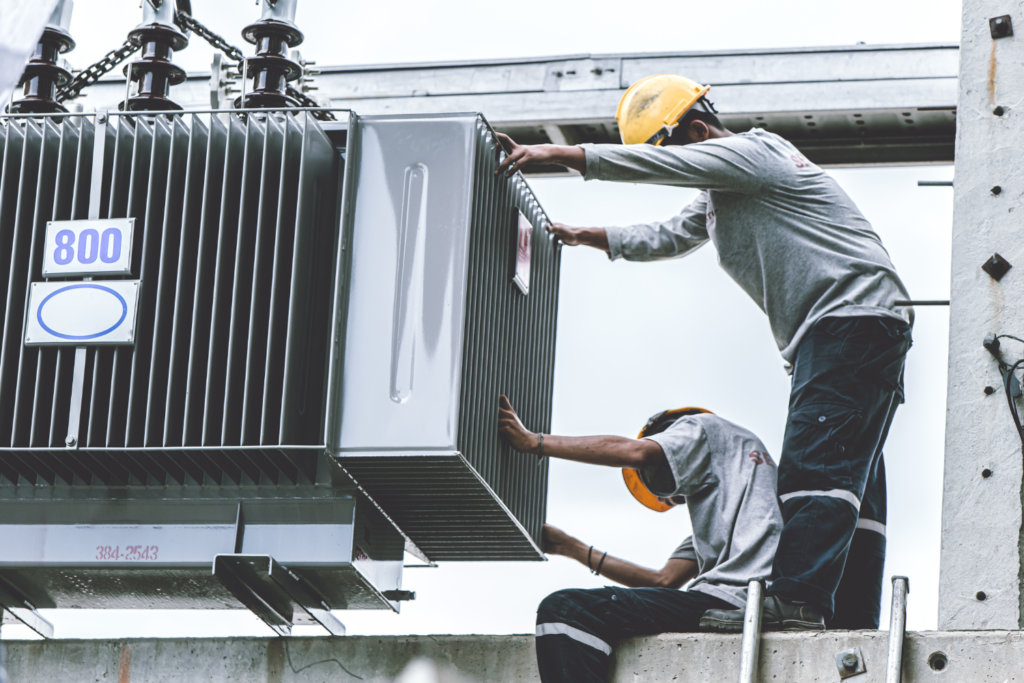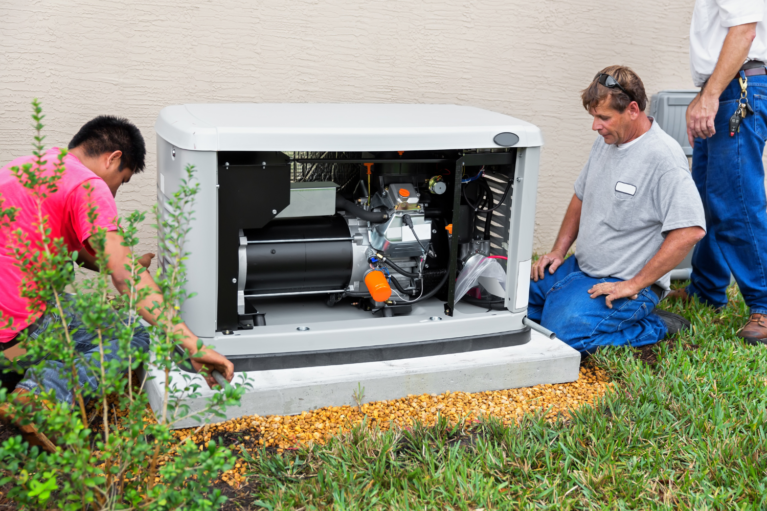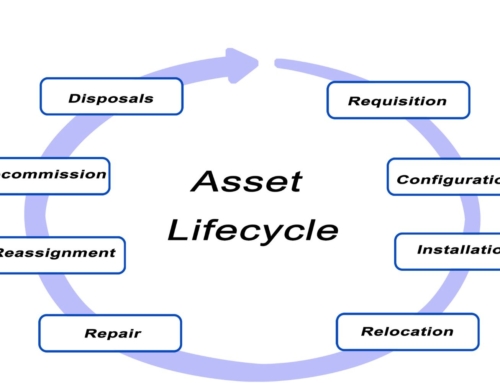Getting the right size for a commercial generator is key to keeping your business running when the power goes out. If your generator is too small, it won’t give you enough power for the required operations. If it’s too big, you’ll waste money and energy. Here’s a full guide on commercial generator sizing to help you pick the right size for a commercial setting.
Table of Contents
Steps to Choose the Right Size for a Commercial Generator
The following steps will help you choose the right power generation equipment for your commercial generator:
Figure Out How Much Power You Need
Your first task is to add up all the power your business uses. This means both the things you must have and the things you can live without. Must-haves are the things you can’t run your business without, like computers, emergency lights, and security systems. Things you can live without might be office lights and heating or cooling systems.
- Wattage Calculation: Make a list of all the equipment and their wattage. Add up the wattage of all key devices to figure out the total power needed in watts.
- Peak Load: Find out the highest load demand by thinking about equipment that might turn on at the same time.
Get to Know Power Ratings
An important aspect of commercial generator sizing is the power ratings. Commercial generators have two power ratings:
- Continuous Power Rating: This shows the highest power the generator can give non-stop.
- Standby Power Rating: This is the maximum power the generator can provide for short periods, typically during peak load demand.
Voltage and Phase Requirements
Companies may require single-phase or three-phase power. Single-phase power is usually sufficient for smaller businesses, while larger operations may need three-phase power for heavy machinery and equipment.

Consider Fuel Type
The type of fuel (diesel/ natural gas propane) has an impact on the size of the generator. Diesel generators often prove stronger and can manage bigger loads, which makes them a good fit for most business uses.
Environmental and Installation Factors
The next set of important aspects of commercial generator sizing includes:
- Location: Put the generator in a spot with good airflow to keep it from getting too hot.
- Sound Control: In cities, think about using sound-blocking covers to follow noise rules.
- Space: Make sure you have enough room to set up and take care of the generator.
Ask an Expert
To get the right size generator, team up with an electrician or generator seller. They can check your power needs and suggest what’s best for you.
Plan for Growth
Think about how your business might grow in the future. Getting a generator with some extra power can handle growth without needing to upgrade right away.
Check and Keep the Generator Running Smoothly
To make sure the generator works well when the power goes out, you need to check and fix it often. This means testing it with a full load to see if it can handle the most power you’ll need.
See related: Various application industrial grade used natural gas engine.
Pick the Best Commercial Generator with Mid-America Engine
You must consider your business’ power needs like peak load demands, phase and voltage requirements and future expansion plans to accurately size a commercial generator. Regular maintenance and professional consultants are important in guaranteeing the excellent quality of backup power coming from your generator.
When hunting for new or used commercial generators, look further than Mid-America Engine. Meet all of your power generation equipment needs at the best possible deals!
Common Questions About Commercial Generator Sizing
Q1. What is the first step in commercial generator sizing?
Determine your total power requirements by listing all equipment and their wattage.
Q2. What is the difference between continuous and standby power ratings?
Continuous power is the maximum power a generator can supply continuously, while standby power is for short periods during peak load demand.
Q3. Why is understanding peak load demand important?
Because startup wattage for equipment is often higher than running wattage, affecting the total power needed.
Q4. What fuel types are available for commercial generators?
Common fuel types include diesel, natural gas, and propane.
Q5. How does the phase of power (single vs. three-phase) affect generator sizing?
Three-phase power is typically needed for larger commercial operations with heavy machinery, while single-phase is sufficient for smaller businesses.
Q6. Why should you consider future expansion when sizing a generator?
To ensure the generator can handle additional power needs as your business grows.
Q7. What environmental factors should be considered during installation?
Ensure the location is well-ventilated and compliant with noise regulations.
Q8. Why is regular maintenance important for a commercial generator?
To ensure reliability and performance during power outages.




![Commercial Generators Buying Guide 2024 [By Generator Specialist]](https://www.midamericaengine.com/wp-content/uploads/2016/07/Another-Commercial-Power-Project-Completed-500x383.jpg)






Leave A Comment